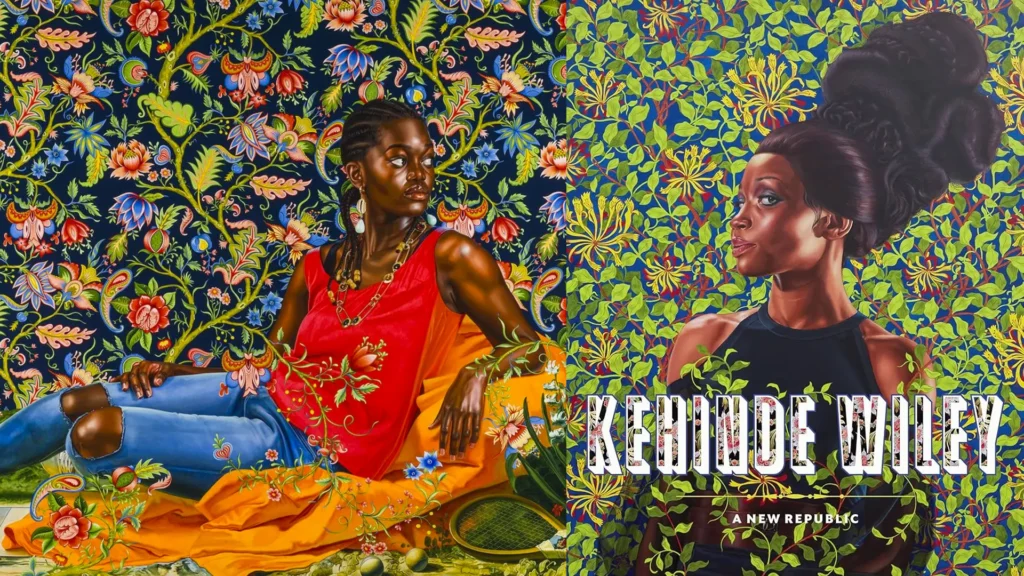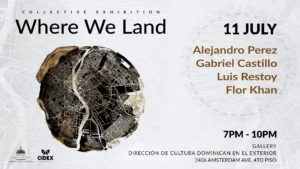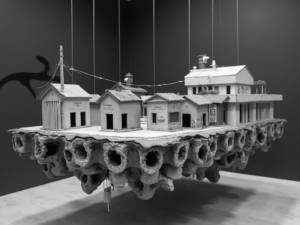por Juan Butten
Reimagining history is a fascinating phenomenon in contemporary art. More and more, I realize that artists are venturing to reinterpret historical events and past figures, not only to reflect on the past but also to offer new perspectives that resonate in our current context. This approach enriches the historical narrative and allows me to question accepted truths while exploring the complexities of the human condition.
One of the most significant aspects of this phenomenon is the ability of art to create a bridge between the past and the present. Artists like Kehinde Wiley and Ai Weiwei have taken historical figures and given them new meanings that I find inspiring. Wiley, for instance, is known for his portraits of Black men and women in poses traditionally associated with European nobility. In doing so, he challenges the historical narratives that have marginalized people of color, creating a visual dialogue that invites me to reflect on representation and power in the history of art.
On the other hand, Ai Weiwei uses his art to critically reinterpret historical events, something I find deeply moving. His work “Dropping a Han Dynasty Urn” confronts Chinese culture and history by making a valuable object shatter on the ground. This action not only provokes an immediate emotional response in me, but also invites me to question the value of history and how it is constructed and deconstructed over time. Ai Weiwei, through his installations and projects, seeks to remember the past while critiquing the present, creating a space where history becomes dynamic and relevant.
In addition to individual artists, collective exhibitions play a fundamental role in reimagining history. Projects like “The Legacy of the 1960s” at the Museum of Modern Art in New York gather works that analyze the impact of social movements from that decade. These exhibitions not only showcase art but also provoke conversations about how past events shape our contemporary reality. This collaborative approach allows me to hear multiple voices, offering a richer and more complex view of history.
Reimagining history can also be an act of resistance. Artists like Doris Salcedo address painful historical events, such as the violence in Colombia, to give voice to the victims and commemorate their suffering. Through emotive installations, Salcedo invites me to reflect on the pain of the past and its relevance in the present. This type of work not only honors memory but also acts as a call to action, reminding us that the past is never truly separate from the present.
However, I am aware that this process of reinterpretation is not without its criticisms. Some argue that reimagining history can trivialize serious events or distort historical truth. It is essential that artists, including myself, approach this process with responsibility and a critical sense, recognizing the weight of the events we reinterpret. The line between creative reflection and exploitation can be thin, and we must be conscious of the implications of our work.
In conclusion, reimagining history through contemporary art offers me a unique opportunity to explore and reinterpret past events and figures. Through creativity, artists can challenge historical narratives and provide new perspectives that resonate in the present. This process not only enriches our understanding of history but also creates a space for dialogue and critical reflection. In a world where historical truths are often questioned, art becomes a powerful medium for remembering, critiquing, and reimagining the past in the context of our contemporary realities.









